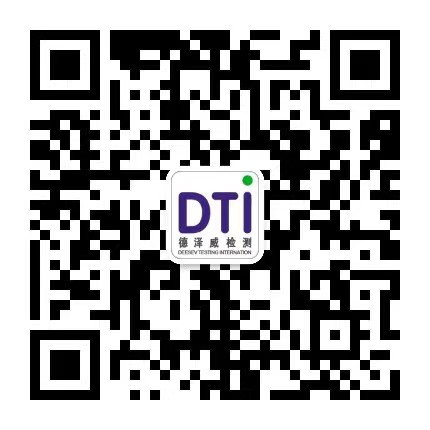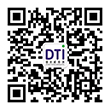How to apply for Canadian SOR/2016-175 test for cups/mugs
Date:2025-07-22 10:53:15 Classification
:【question】 Visits:
According to the requirements of Canada's Glazed Ceramics and Glassware Regulations SOR/2016-175, cups/mugs must be tested for lead and cadmium migration before they can enter the Canadian market. The following are the specific procedures and key points:
I. Core test objects
Cups/mugs that meet the following conditions must be tested:
1. Material: ceramic or glass (including glaze, metal trim and other decorations);
2. Use: designed to hold food/beverages (such as coffee cups, water cups);
3. Capacity: small concave vessels (capacity <1.1 liters).
II. Full test process
1. Confirm the test standard
- Mandatory items: Lead (Pb) migration ≤0.5mg/L, cadmium (Cd) migration ≤0.25mg/L;
- Test method: immersion in 4% acetic acid solution for 24 hours (simulating an acidic food environment).
2. Select a certified laboratory
- Must hold Canadian Standards Council (SCC) accreditation (such as Dezewei);
- The laboratory number must be available on the [CPSC official website].
3. Sample inspection requirements
- Quantity: ≥3 main sales styles (including complete packaging);
- Remarks:
- Multi-color/decoration styles must be inspected separately (such as gold-rimmed cups, painted cups);
- Products with cup lids must be tested as a whole.
4. Synchronous file submission
File type/requirement description
Product ingredient list: including glaze CAS number, metal decoration material
Production process flow chart: mark firing temperature, coating process
Six-sided view of the package: must include permanent label (manufacturer, batch number)
5. Laboratory test cycle
- Conventional: 5-7 working days (cost ¥2000);
- Expedited: 3 working days (cost increased by 50%).
3. High-risk items and avoidance suggestions
1. Material taboos:
- ? Avoid using: cadmium-containing pigments (such as bright red glazes), lead glass accessories;
- ? Alternatives: food-grade inorganic pigments, lead-free glass.
2. Common reasons for returns:
- The edge of the cup mouth was not tested (the regulations require the contact surface to be tested separately);
- The report does not reflect the latest revised method of SOR/2023-247 (the test process was updated in 2023).
4. Amazon compliance document list
1. CPC format test report (including laboratory qualification page);
2. Product physical label picture (close-up of permanent logo);
3. Declaration of conformity.




 Shen Gongwang Security: 44030602006947
Shen Gongwang Security: 44030602006947